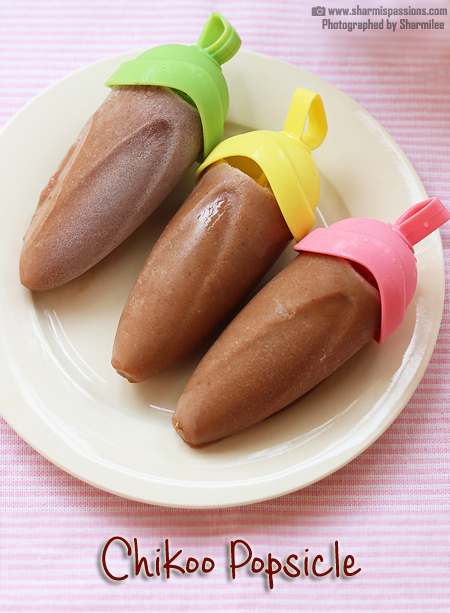

Just be patient! Unripe sapodilla is very astringent due to the presence of substances called saponins, meaning that it will draw moisture out of the mouth and leave it feeling dry, much like an unripe banana. ★Tip: If you have an unripe sapodilla, you can put it on the counter or in a brown paper bag for a few days until it is ready. Read labels carefully, consider waiting until a child is older to introduce foods with added sugar, and ideally, avoid serving juice until a child is at least 2 years old. Sapodilla is often used in jams, juices, and desserts, many of which contain added sugars (which are not ideal for babies). 2 In addition, sapodilla is an excellent source of fiber to aid the digestive system and regular bowel movements, one of the many reasons why the fruit is being studied for its protective effects on gastrointestinal health. Not only is it rich in antioxidants, sapodilla also contains a dash of calcium and a hefty dose of vitamin C, in addition to plenty of carbohydrates to support baby’s energy levels. Sapodilla is a good source of many nutrients ranging from most B-vitamins (including folate and B6) to potassium and iron. Sebastián, 13 months, eats soft, ripe sapodilla halves. Eunoia, 7 months, eats ripe sapodilla halves.

Maya, 6 months, eats a sapodilla spear rolled in almond flour. When using canned fruit in syrup, rinse with water to remove some of the added sugar. The ripe fruit does not travel well over long distances, so unless you live near an orchard, it may not be easy to find. ★ Tip: If you can’t find the fresh fruit, look for canned sapodilla (often labeled as chikkoo pulp). Today, most sapodilla comes from India, the world’s top producer. It’s also called baramasi, chico, and chikoo in Asian tropics, where the seeds were introduced in the 16th century. Sapodilla remains a beloved food in the Caribbean, where the fruit is known by different names-chico zapote, dilly, mispel, muy, naseberry, and nispero, to name a few. For the Aztec and Mayan peoples, sapodilla not only offered abundant fruit, but leaves to boil into medicinal tea, wood to build structures, and a sticky white resin that could be processed into chewing gum called chicle. Like canistel and zapote, sapodilla grow on evergreen trees that originated in Central American rainforests, where the plant has provided communities with food and medicine since ancient times. Remove the seeds before offering sapodilla to babies, as sapodilla seeds are a choking hazard and may be toxic when ingested. Sapodilla may be introduced as soon as baby is ready to start solids, which is generally around 6 months of age.


 0 kommentar(er)
0 kommentar(er)
